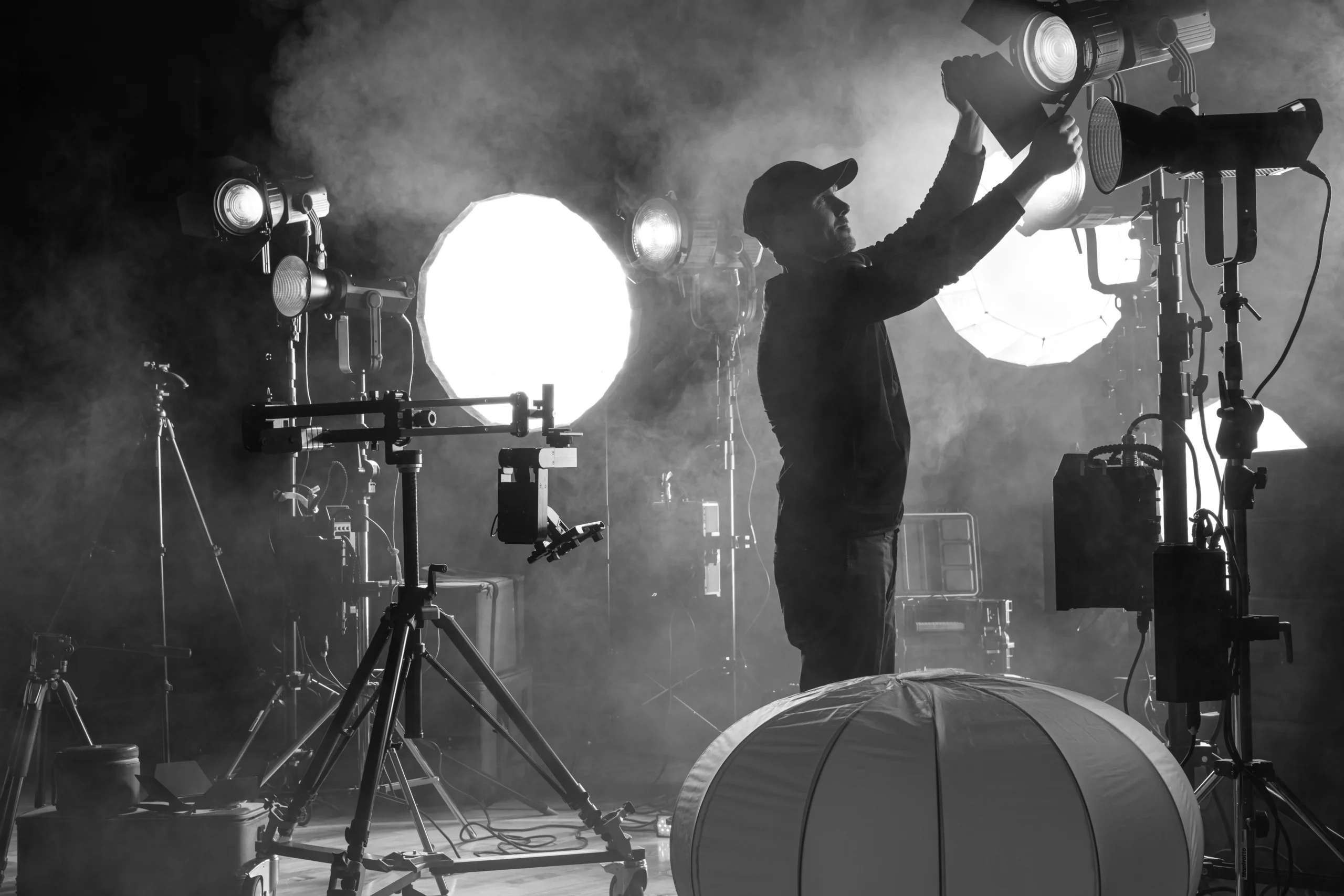Lighting Can Make or Break Your Film: Here's Why It's Crucial
In filmmaking, lighting is more than just a technical requirement; it’s a powerful storytelling tool that can make a huge difference in how your work is perceived. Here’s a closer look at why good lighting is essential and practical steps to get it right.
1. Sets the Mood
Lighting is one of the simplest ways to shape a scene’s emotional tone. A warm, bright setting can make a scene feel inviting and lively, while darker lighting can create mystery or tension. Choosing the right light makes your story feel more authentic.
Practical Tip: Try using gels or filters over your lights to create warmer or cooler tones that match the mood of your scene. Small changes in color temperature can completely shift how a scene feels.
2. Enhances Visuals
Good lighting can turn an ordinary scene into something striking. It brings out colors, textures, and details that add depth and make each shot more captivating. In close-ups, for example, balanced lighting highlights facial expressions and textures that enhance your visuals.
Practical Tip: Use a three-point lighting setup (key light, fill light, and backlight) to add dimension and avoid flat-looking shots. This setup creates depth and makes subjects stand out beautifully.
3. Professionalism Matters
Viewers can easily spot poorly lit scenes, and it can make the difference between amateur and professional work. Quality lighting is a signal of dedication and attention to detail, giving your video a polished, professional look that helps viewers take your work seriously.
Practical Tip: Invest in at least one good quality soft-box light or LED panel. Even a single quality light can give your scenes a more refined look and help eliminate harsh shadows that look unprofessional.
4. Saves Time in Post-Production
Proper lighting can also save you hours in post-production. When lighting is right from the start, there’s less need to fix flaws or adjust exposure in editing, leaving you more time to focus on creative touches that elevate your project.
Practical Tip: Before filming, do a test shot with the final lighting setup to spot any issues in real-time. Adjust as needed to ensure minimal editing later.
5. Guides Viewer Attention
Lighting is key to directing the viewer’s eye. Strategic lighting can subtly guide attention to the parts of the scene that matter most, making sure your audience focuses on what you want them to see, whether it’s a character’s expression or a crucial prop in the background.
Practical Tip: Use spotlights or focused lighting for specific objects or areas in a scene to highlight important elements. This technique directs attention without needing to zoom in or use heavy editing.
Lighting is foundational to filmmaking. A little attention to lighting can go a long way in making sure every scene delivers exactly what you intend.
At Visio Media, we apply these lighting techniques on every shoot to ensure that each scene looks its best and aligns perfectly with our client’s vision.
If you’re looking to elevate your next project with expert lighting and production, reach out, we’d love to bring your vision to life!


